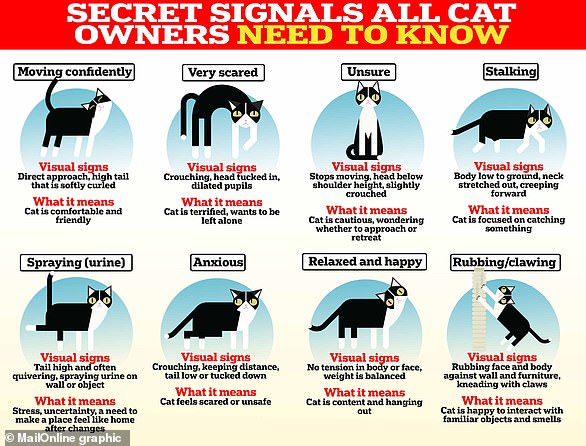Now vets say not to buy flat-faced CATS: Experts warn breeds with ‘cute, cartoonish’ features, loved by celebrities including Kim Kardashian and Sam Smith, are at risk of severe breathing difficulties
>
When it comes to flat-faced pets, dog breeds like pugs, French bulldogs, or boxers may come to mind.
But several flat-faced cats have also increased in popularity in recent years, including Persians, British Shorthairs, and Birmans.
Their cartoonish features may seem cute, but they also put these breeds at greater risk of developing severe health problems, including… Breathing difficulties, eye problems, personal care problems, and even problems at birth.
Unfortunately, as the popularity of these breeds booms, many owners seem to struggle to deal with health issues.
New figures released by the RSPCA reveal there has been a 92 per cent increase in the number of Persian cats entering the charity’s care from 2018 to 2022.
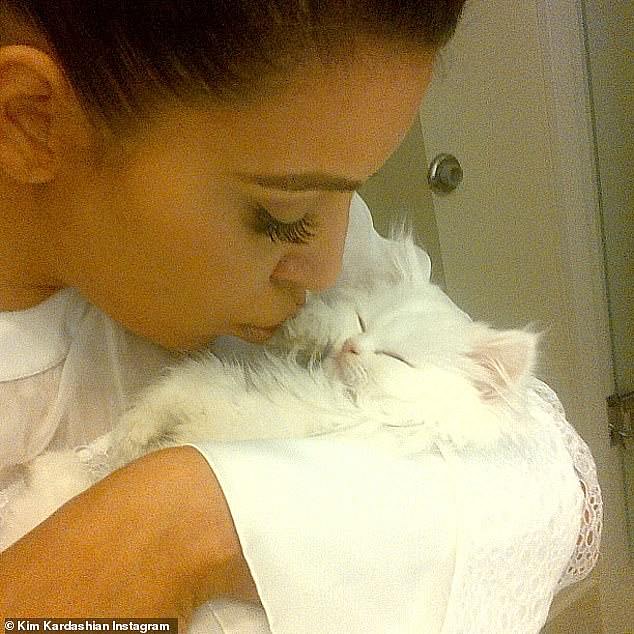
Several flat-faced cats have also increased in popularity in recent years, including Persians, British Shorthairs, and Birmans. In the photo: Kim Kardashian with her cat
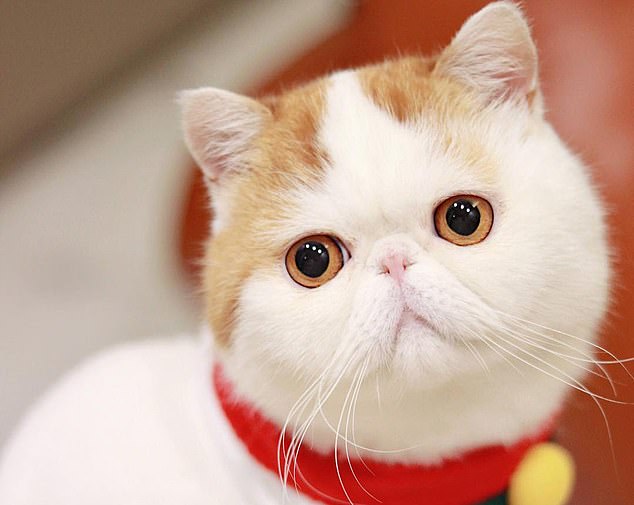
Their cartoonish features may seem cute, but they also put these breeds at greater risk for developing severe health problems, including breathing difficulties, eye problems, grooming problems, and even problems at birth. Pictured: Strange Short Snoopybab
Popular flat-faced cat breeds include Persian cats, British Shorthairs, Himalayan cats, exotic shorthairs, and Birman cats.
Their short-faced “brachiocephalic” characteristics did not evolve naturally, but are the result of selective breeding.
They are now the most popular pedigree in RSPCA care, which the charity says is likely due to their popularity among celebrities and on social media.
Kim Kardashian regularly posts photos of her teacup Persian cat, while singer Sam Smith is the proud owner of a British Shorthair cat named Henry.
Meanwhile, the famous “Grumpy Cat” amassed 2.6 million followers on Instagram before her death in 2019.
Figures from the Governing Council of the Cat Fancy (GCCF) show that British shorthair breeds are also on the rise, with registrations increasing by 66 over the past 10 years.
Persians also account for around 2% of the UK cat population in 2021, according to GCF.
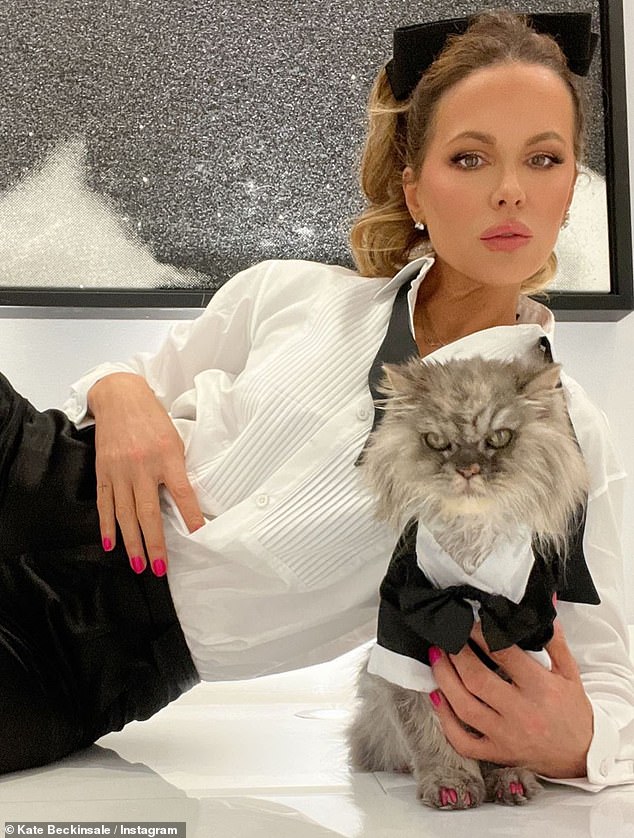
Popular flat-faced cat breeds include Persian cats, British Shorthairs, Himalayan cats, exotic shorthairs, and Birman cats. Kate Beckinsale was photographed with her Persian cat Clive, who sadly passed away earlier this year
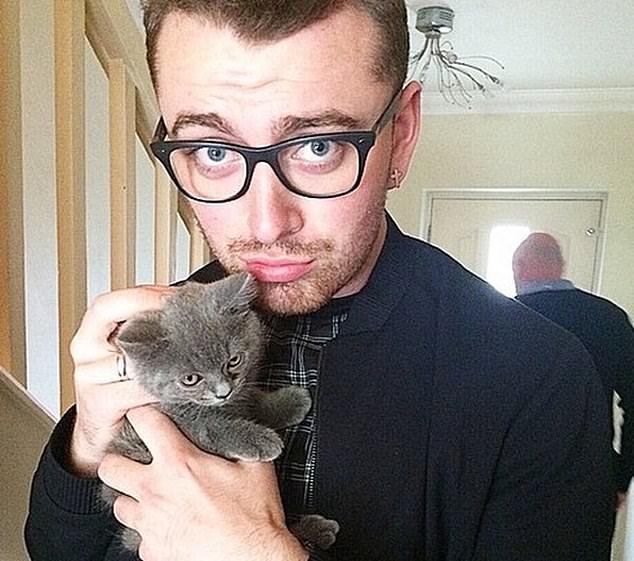
Figures from the Governing Council of the Cat Fancy (GCCF) show that British shorthair breeds are also on the rise, with registrations increasing by 66 over the past 10 years. Pictured: Sam Smith with their British short hair
This equates to about 216,000 cats.
Alice Potter, a cat care expert at the RSPCA, said: “Unfortunately, Persians and other flat-faced cats are becoming increasingly popular as people believe the physical traits that cause them to suffer are actually ‘cute.’
“Although we know that many people love these cats and care for them greatly, breeding features that are detrimental to basic health and well-being is wrong.”
Unfortunately, their flat faces put these cats at increased risk of developing severe health problems, including brachial obstructive airway syndrome (BOAS).
The Royal Society for the Prevention of Cruelty to Animals (RSPCA) explains on its website: “BOAS is the clinical term used to describe the effect of the short heads of brachycephalic animals on the passage of air.”
“These features affect the ability of flat-faced animals to breathe.”
The main signs of BOAS in cats include grunting or grunting, sleeping or lying in strange positions, opening their mouths with toys to try to sleep more comfortably, difficulty breathing during exercise and even collapsing.
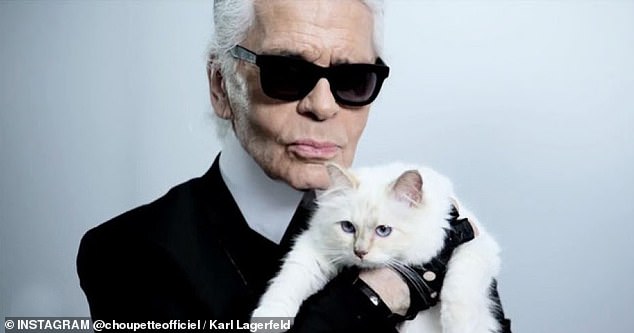
Unfortunately, their flat faces put these cats at increased risk of developing severe health problems, including brachial obstructive airway syndrome (BOAS). Karl Lagerfeld was rarely seen without his Berman cat, Choupette
Meanwhile, studies have shown that flat-faced breeds are also more prone to dental problems, eye diseases, skin problems, and spinal deformities.
“These cats can have eye and other problems, and often struggle to do the most important thing we all have to do to survive, which is breathe,” Ms Potter explained.
“This can be frightening and exhausting, and in some cases it can make eating, climbing, playing, all things that cats naturally love to do, a daily struggle.”
Based on the findings, the Royal Society for the Prevention of Cruelty to Animals (RSPCA) is urging both breeders and owners to prioritize cats’ health over their appearance.
Ms Potter added: “We want to see breeders prioritizing the health and welfare of animals, and not breeding them for traits that can unfortunately cause them suffering.”
“We also need to raise awareness of the physical traits that put their well-being at risk in the wider public as well.”
(Tags for translation)dailymail

